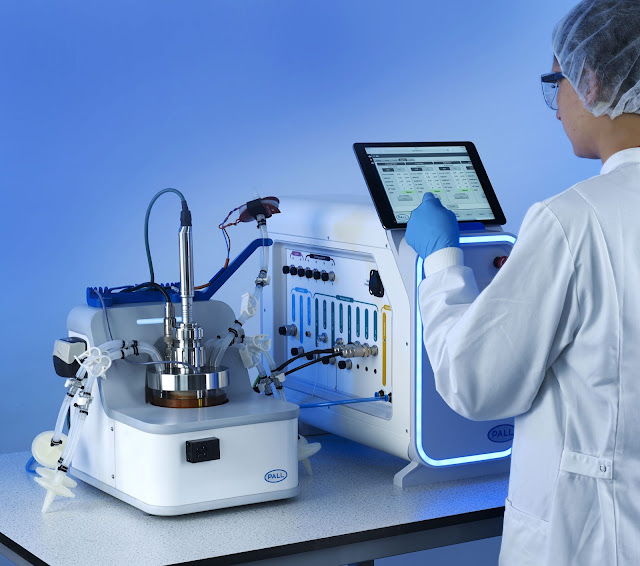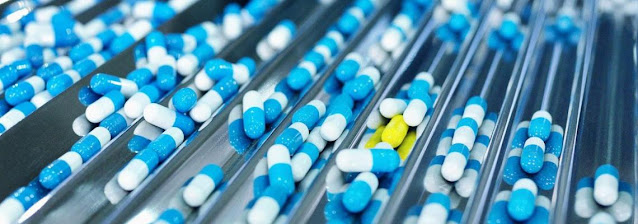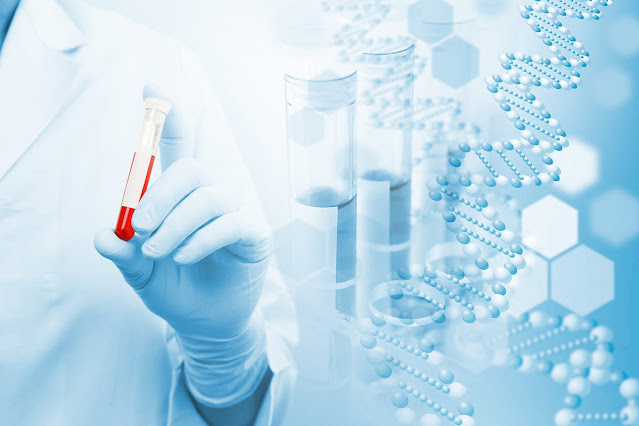Electroporation Instruments: Fueling Innovations in Microfluidic Systems
 |
| Electroporation Instruments |
Electroporation
Instruments have emerged as key drivers of
innovation in the field of microfluidic systems. By combining the power of
electroporation with the precision of microfluidics, researchers are
revolutionizing the way biological and chemical samples are manipulated and
analyzed. In this blog post, we will explore how electroporation instruments
are fueling advancements in microfluidic systems.
Global
Electroporation
Instrument Market is estimated to be valued at US$ 232.19 Mn in 2022 and is
expected to reach US$ 328.53 Mn by 2030, exhibiting a CAGR of 4.4% during the
forecast period (2022-2030).
Electroporation and
Microfluidics: A Powerful Combination
Electroporation, the
process of applying electrical pulses to cells, is now being integrated with
microfluidic systems to create powerful analytical platforms. Microfluidics
allows for precise control and manipulation of fluids at the microliter or
nanoliter scale, while electroporation enables the efficient delivery of
molecules into cells. By combining these technologies, researchers can perform
a wide range of applications, including cell sorting, DNA transfection, and
single-cell analysis.
Enhancing Cellular
Manipulation with Electroporation Instruments
Electroporation
Instruments are revolutionizing cellular
manipulation in microfluidic systems. These instruments enable the precise
delivery of molecules, such as nucleic acids or proteins, into cells within
microfluidic channels. This capability opens up new possibilities for studying
cell behavior, gene expression, and signaling pathways at the single-cell
level. By integrating electroporation with microfluidics, researchers can
perform high-throughput experiments and gain insights into cellular processes
with unprecedented resolution.
Applications in Drug
Discovery and Development
The integration of
electroporation instruments with microfluidic systems has significant
implications for drug discovery and development. Microfluidics enables the
creation of organ-on-chip models, which mimic the behavior of human organs in a
controlled environment. By introducing molecules into these microfluidic models
using electroporation, researchers can assess the efficacy and toxicity of
potential drug candidates more accurately. This approach has the potential to
accelerate the drug discovery process and reduce the reliance on animal models.



Comments
Post a Comment